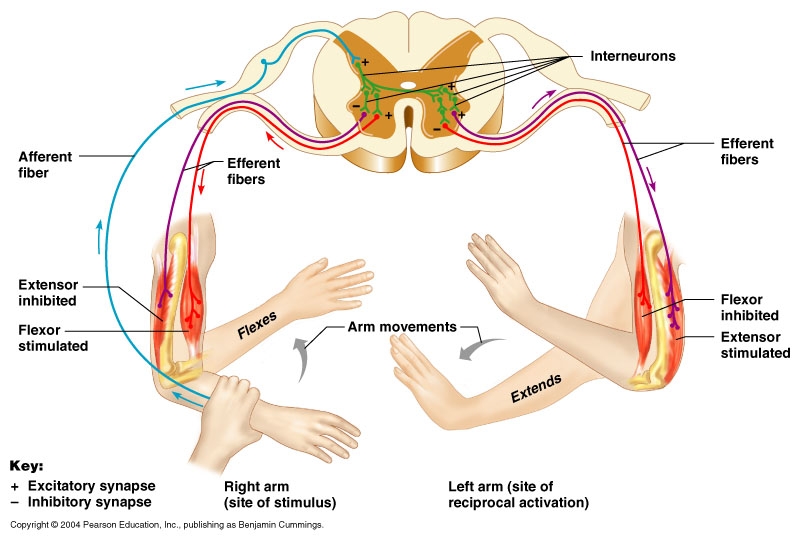Crawling patterns and the Bird Dog look alike, but they are clearly not. Do you understand this ?
/Crawling and Bird Dog, a subtle but important difference.
Can you see it ?
When we crawl, as in the photo, we use the following pattern:
- the right shoulder is in extension (but it is fixed on the ground, it is the body that is moving forward/extending over this fixated point, it is approximating the flexing right hip as the knee moves up towards the hand)
- the left hip is in extension, pairing appropriately with the right shoulder extension.
- similarly, the left shoulder is in flexion (it is over head in this photo, just like in the other photo of the runner similarly doing the same patterning but standing up, meanwhile the right hip is in flexion.
* take the photo of the runner in the green shirt, and put him in a quadruped crawling pattern as you will see that it is the same pattern as the one of me in the crawling posture.
* This is not bird dog, as seen in the photo, do not confuse them.
The Bird Dog exercise is not neurologically correct for the reason of training the proper crossed patterning from a neuro perspective. Note that in the 2nd photo, the bird dog, the same left arm is in flexion, but his left leg is in EXTENSION ! If you want to use the bird dog to teach core engagement, that is one thing, but do not think you are coordinating normal gait patterns or the proper crossed response. This is why we do not use the Bird Dog with our patients, it goes against training fundamental gait patterns.
This first photo of me in the black shirt is normal, natural, neurologically correct, cross crawling. Don't believe us ? Get on the floor and crawl like an infant, it is no where near the bird dog exercise, in crawling the coupled crossed extension and flexion responses are NOT conflicting. So, just because the Bird Dog "sort of looks like crawling" do not get it confused with crawling, because it is not. It is a mere balance exercise, some use it for the core stability, but it is one based on UN-fundamental neurologic patterning we use every day.......something called gait, and running, things we do in our sports. So understand what message you are sending to the CNS.
We are not saying the Bird Dog does not have value, not at all, but if you are not thinking about what it actually is doing, you might be driving patterns you do not want.


































